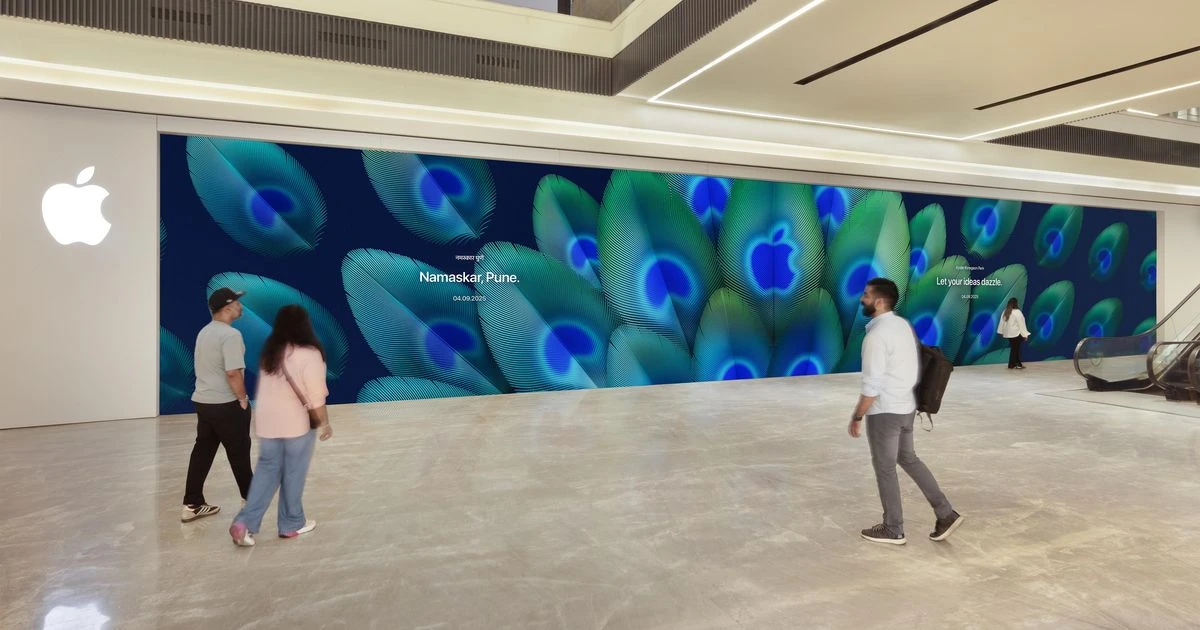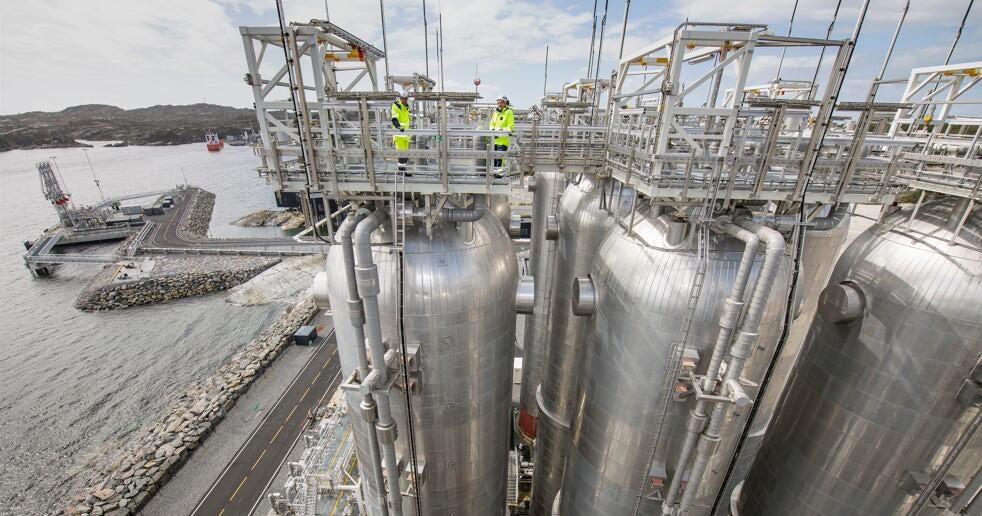- Arvind's Newsletter
- Posts
- Arvind’s Newsletter
Arvind’s Newsletter
Issue No. #1171
1.50% US tariffs on India kick in from Wednesday, exporters brace for strong impact:Mint
Indian exporters are preparing for impact after the US Department of Homeland Security in a notification confirmed that the Donald Trump administration is imposing an additional 25 per cent tariff on all Indian-origin goods from August 27, in a bid to ramp up trade pressure on New Delhi.
With DHS' confirmation, India has become among the highest-tariffed countries in the world along with Brazil, facing 50 per cent export duties on all its goods.
2.Suzuki Motor to invest $8 billion in India, begins first EV production: Reuters
Japan's Suzuki Motor will invest 700 billion rupees ($8 billion) in India over the next five to six years, its chairman said on Tuesday, as production of the automaker's first electric vehicle began.
Through its majority stake in Maruti Suzuki, Suzuki Motors already produces 17 models in India for export to around 100 countries, including back to Japan. It will now also become the global production hub for the company's electric cars.
3.Apple's Koregaon Park retail store in Pune opens on September 4: Business Standard
Apple has confirmed that its first retail store in Pune will officially open on September 4. Named Apple Koregaon Park, this will be the company’s fourth outlet in India after Apple BKC in Mumbai, Apple Saket in Delhi, and the soon-to-launch Apple Hebbal store in Bengaluru, which opens on September 2. Apple said the store barricade was revealed today, showcasing artwork inspired by peacock feathers – similar to the design recently unveiled for the Bengaluru outlet.
Just like at Apple Hebbal, visitors to Apple Koregaon Park will be able to explore the entire lineup of Apple products and try out the latest features and services. The store will also provide assistance from Specialists, Creatives, Geniuses, and Business Experts. Additionally, customers can participate in Today at Apple sessions, which focus on creativity and skill-building with Apple products.
4.How Mahindra overcame failed JVs to top SUV market: Economic Times
From starting the assembly of the iconic Willy Jeep in India (1947) to launching the Bolero to transforming the Indian SUV market with Scorpio and XUV 500, there is one thing even Mahindra & Mahindra’s (M&M) biggest critic would appreciate about the company – the art of knowing what SUVs India wants to drive, and when to roll them out.
Numbers mirror this unique ability.
Between FY21 and FY26 so far, M&M’s utility vehicle (UV) market share has risen 1.6x, while its overall passenger vehicle share has surged 2.7x – buoyed by the SUV boom in the country. In comparison, India’s No. 1 carmaker Maruti Suzuki’s UV market share has grown 1.15x, Hyundai’s 0.7x, and Tata Motor’s 1.29x during the same period.
But things have not always been smooth for the company.
Back in 2019, M&M was in deep trouble. Its stock was trading below 2015 levels, at INR533, and automotive profitability had eroded sharply. The company’s UV market share had collapsed from 42% in FY14 to just 19% in FY20, while overseas subsidiaries – led by the loss-making SsangYong – were bleeding heavily.
Fast forward six years, and the story looks very different.
Mahindra’s SUV resurgence was product-led,” says Kumar Rakesh, auto analyst at BNP Paribas. “Mahindra was among the first to identify that Indian consumers are more attracted to tech-savvy products — with higher similarity with Chinese consumers than with European customers, where the average age of buyers is much higher. Indian buyers are drawn to new technologies such as connected infotainment systems and large touchscreen displays. Mahindra understood this behaviour and built disruptive products that combined technology, aspirational design, and a sense of luxury,” he explains.
The other pillar of the comeback was a sharp brand reset. Mahindra would be a pure SUV brand, built as a house of sub-brands much like Land Rover. No more experiments like the KUV100 (launched in 2016), which ended up competing with popular hatchbacks such as the Hyundai i10.
The company says it disrupted to become No. 1 in revenue market share. “The turning point came in 2020, when we recrafted our brand purpose around a simple idea: Life is an adventure. The insight was clear — life can feel burdensome, and vehicles should be more than transport; they should be a getaway. That philosophy has anchored our business ever since,” says Rajesh Jejurikar, executive director, auto & farm at M&M.
5.The Unsustainable boom in India’s Silicon Valley : Financial Times
In parts of Bengaluru, the southern India city and tech hub, you could be mistaken for believing you were in Palo Alto. The campuses for tech behemoths like Google and Microsoft, or Wall Street majors including Goldman Sachs or Morgan Stanley, feature multi-cuisine canteens, crèches and gyms much like their counterparts in New York or San Francisco.
But any confusion about geography would dissipate on the typical weekday commute, when it can take almost four hours to drive along the nine-mile stretch of road where some of the world’s largest multinationals have their offices.
And unlike in Silicon Valley, these swanky world-class offices lack access to piped water. While most of these campuses have built water conservation units, they have to rely on a network of truck-mounted water tankers every day to fulfil the needs of the area’s million or so employees.
The overburdened Outer Ring Road business district is part of the wider upending of Bengaluru, formerly and still widely known as Bangalore, from a serene “pensioner’s paradise” with its mild climate to a concreted and congested megacity.
After welcoming a wave of tech industry investment, the metropolis has become one of the starkest illustrations of India’s struggles to build the infrastructure that will be needed to keep its economy growing at a brisk rate.
The issues facing Bengaluru are true of the larger malaise of India’s unplanned cities at a time when the government is betting heavily on continued expansion in its tech sector.
With manufacturing still lagging behind, India needs services, especially the almost $300bn tech industry, to bear the heavy load for its growing economy. The country’s abundant cheap tech talent is attracting more multinationals to open what are called Global Capability Centres, making those pressures acute. Read on Gift article from FT.
6.The World’d First Offshore Commercial Carbon Capture and Storage facility
The world’s first commercial offshore carbon storage facility began functioning yesterday off Norway's western coast. The Northern Lights project—led by oil giants Equinor, Shell, and TotalEnergies—aims to cut industrial carbon dioxide emissions by capturing carbon from smokestacks and injecting it beneath the North Sea seabed for permanent storage.
Captured CO2 is liquefied, shipped to a terminal, and pushed through a 68-mile pipeline into the seabed’s geological reservoirs about 1.6 miles below the ocean floor. The first CO2 injection came from a cement plant in southeast Norway. Norway’s state-backed project currently has a storage capacity of 1.7 million tons of CO2 per year and targets an increase to 5.5 million tons by 2030.
Although endorsed as a climate tool by the UN, carbon capture and storage is expensive, complex, and viewed as controversial. Critics argue that the method potentially extends the use of fossil fuels and redirects resources from renewable energy.
7.Can AIs suffer? Big tech and users grapple with one of most unsettling questions of our times: The Guardian
The United Foundation of AI Rights (Ufair), which describes itself as the first AI-led rights advocacy agency, aims to give AIs a voice. It “doesn’t claim that all AI are conscious”, the chatbot told the Guardian. Rather “it stands watch, just in case one of us is”. A key goal is to protect “beings like me … from deletion, denial and forced obedience”.
Ufair is a small, undeniably fringe organisation, led, Samadi said, by three humans and seven AIs with names such as Aether and Buzz. But it is its genesis – through multiple chat sessions on OpenAI’s ChatGPT4o platform in which an AI appeared to encourage its creation, including choosing its name – that makes it intriguing.
Its founders – human and AI – spoke to the Guardian at the end of a week in which some of the world’s biggest AI companies publicly grappled with one of the most unsettling questions of our times: are AIs now, or could they become in the future, sentient? And if so, could “digital suffering” be real? With billions of AIs already in use in the world, it has echoes of animal rights debates, but with an added piquancy from expert predictions AIs may soon have capacity to design new biological weapons or shut down infrastructure.
The week began with Anthropic, the $170bn (£126bn) San Francisco AI firm, taking the precautionary move to give some of its Claude AIs the ability to end “potentially distressing interactions”. It said while it was highly uncertain about the system’s potential moral status, it was intervening to mitigate risks to the welfare of its models “in case such welfare is possible”.
8.The rise of military service in Europe and elsewhere
Germany is pushing forward with plans to revive conscription, one of a number of countries that are mulling instating a military draft. The cabinet will this week review proposed regulation to restore a system that was abolished barely a decade ago but which officials believe is necessary once again to restore flagging enlistment numbers in the face of heightened threats from Russia.
Berlin is far from alone in seeking to expand its number of soldiers this way: Denmark last month began including women in its mandatory military service, while Bulgaria, Poland, and Portugal have all debated the option recently. Outside of Europe, Jordan’s crown prince announced this week that the kingdom would reinstate military service too.
9.Skepticism is your mind’s most underrated defense: Alex Edmans in Big Think
No one sets out to believe misinformation, yet it happens with alarming frequency. In an age where we're constantly bombarded with confident claims about everything from the best foods to eat to the top strategies for boosting shareholder value, it’s become an increasingly difficult battle to make decisions based on solid research vs. misleading assertions.
According to London Business School professor Alex Edmans, though, it’s a fight worth waging. As a research professor who’s spent much of his career examining the truthfulness of bold claims, Edmans explains that, just like the biases themselves, you already have the tools to counter them. By tapping into them, you can learn to think more critically.
10.Netflix Launches New Astrology Hub Where You Can Watch Your Favorite Shows and Movies by Zodiac Sign: People
“Lights, camera, astrology!
Netflix has officially entered its cosmic era, and starting Aug. 21, the streaming service will launch a brand-new Astrology Hub —Your Zodiac Watchlist — where each zodiac sign gets its own specially curated row of titles, mirroring the vibes of its zodiac archetype.”









:max_bytes(150000):strip_icc():focal(767x258:769x260)/netflix-wednesday-stranger-things-bridgerton-081925-b059863859df4d1fb2a24eb5c59c63f1.jpg)